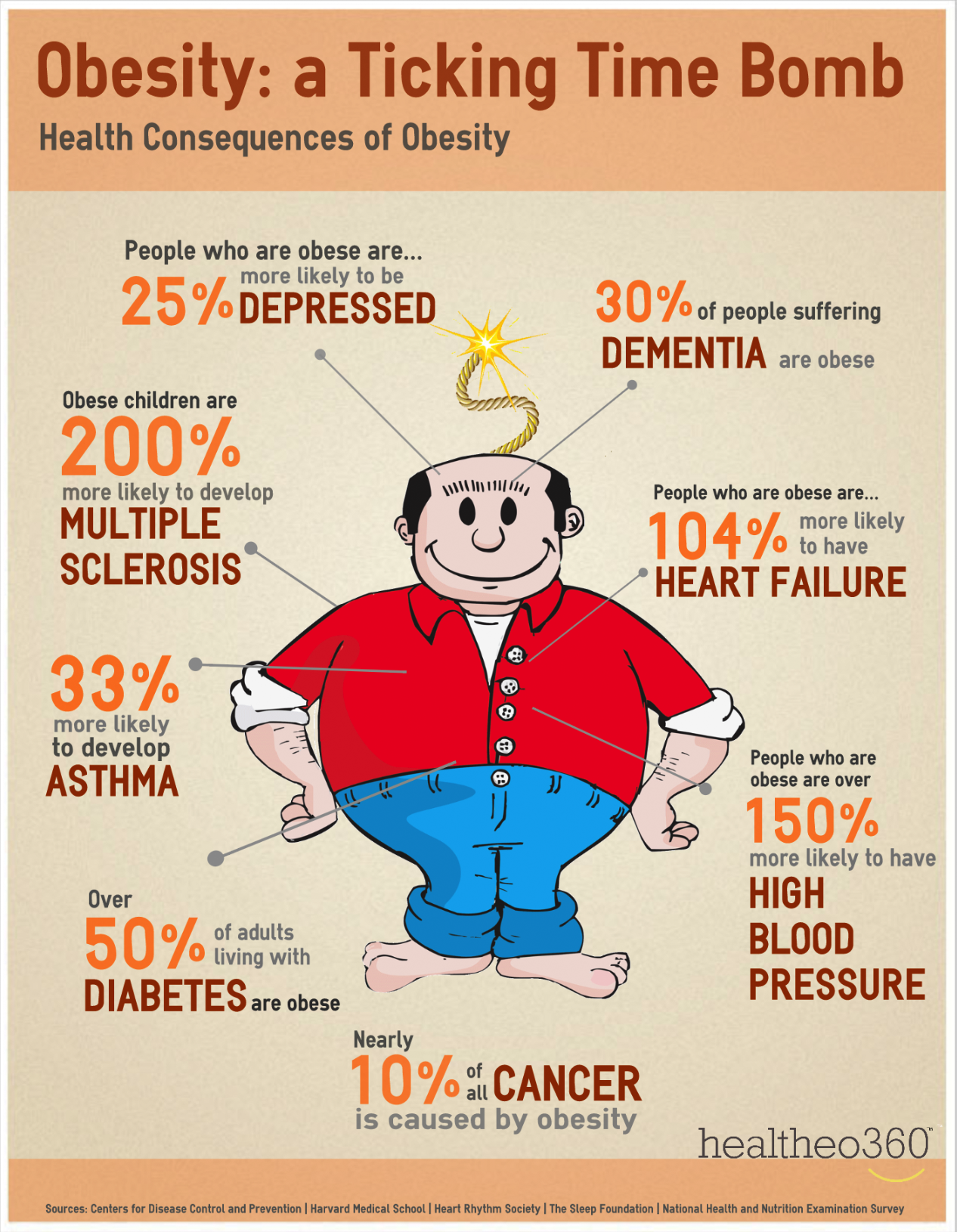

How to Lose Weight, and What is Healthy Weight Loss (AKA, How Much, How Soon and How)?
Let’s start with the How. Commercial voice: “You should contact your physician before starting any weight loss routine”. We ended things on the last post talking about the caloric balance equation, which (simplified) means you need to get off your derriere, and close your mouth. Without getting too technical, to lose weight, 1 pound equals 3,500 calories, so your net caloric intake must be cut by at least 500 calories per day to lose a pound a week. Here are some Quick Tips to cut calories (and I will not be discussing any of the popular diets or medical remedies (with one exception in the next post); you can see your physician or nutritionist about those. Besides, guess what? Most of you don’t need a fad diet. Keep it simple. And…more importantly, you should be more concerned with healthy regimens that help you keep the weight off, not drastic efforts that have proven to have quick short-term but unsustainable long-term outcomes).
1) Work out: If you can sprint, do so. If you can’t, jog. If you can’t jog, walk. I like working out while watching sports, because my heart’s pumping anyway. Weight training at the same time is even better. Once you hit a good exercise regimen, your metabolism will improve, making weight loss that much easier. By the way, the next post is on metabolism; stay tuned.
2) Hungry? Start counting calories. Use this standard to determine what your daily calorie intake should be. Meal plan so you don’t exceed that level. Remember the caloric equation to lose weight: Amount expended minus the amount eaten should be 500 calories a day. In the next post, I’ll give you a Quick Tip for an extra 400 calories a day you can lose.
3) Still hungry? Try brushing your teeth. Don’t laugh. It actually works. And it gives you nice teeth. Otherwise try drinking water or chewing calorie-free gum. All these are nice, simple inexpensive appetite suppressants.
How Soon? It’s natural for anyone trying to lose weight to want to lose it very quickly. But evidence shows that people who lose weight gradually and steadily (about 1-2 pounds per week) are more successful at keeping weight off. Healthy weight loss isn’t just about a “diet” or “program”. It’s about an ongoing lifestyle that includes long-term changes in daily eating and exercise habits. Think health instead of weight, and the weight will improve.
How Much? If you were my patient (but you’re not!), I’d tell you to forget about ideal body weight and BMI – for now. Focus on a modest weight loss, like 5-10% of your current weight. Even this success will improve your blood pressure, cholesterol and blood sugar levels. Once you accomplish that goal, do it again. So even if the overall goal seems large, see it as a journey rather than just a final destination. Seek to learn new eating and physical activity habits that will help you live a healthier lifestyle. These habits may help you maintain your weight loss over time. To that end, I love healthy challenges. Try a 30-day water instead of pop (soda)/coffee, etc. challenge, or even better, give yourself a 30-day ‘fruit for dessert challenge’ or ‘salad of your choice for lunch’ challenge. When that’s done, immediately do it again. Learn to integrate healthy habits into your quest to lose weight, and you’ll increase the odds of having sustainable weight lost. At the end of the day, it’s been well established that those who maintained a significant weight loss report improvements in not only their physical health, but also their energy levels, physical mobility, general mood, and self-confidence. Good luck, and check back for the next post on how to fine-tune your metabolism!
Copyright © 2013 · Sterling Initiatives, LLC · Powered by WordPress

Hi Doc! What if the person has a injury and wasn’ t able to walk for months at a time. This person was us to walking 2 control her wt.
Hi, Marce. Great question and one I’ve been awaiting. Even if injured, movement is still possible. As noted, if you can’t sprint, then jog or walk, etc. Continue that premise to where if you can’t walk, move your arms. There are many things you can do while sitting (assuming your lower extremities are the issue) to keep your blood pumping and to work up a sweat.
Remember to get help. A physical therapist or personal trainer in these settings are invaluable. Work with your physician to find solutions. Thanks for the question, and thanks for following Straight, No Chaser.